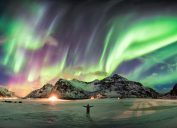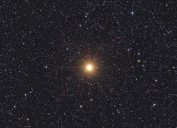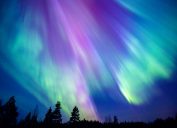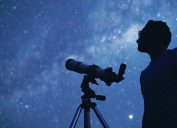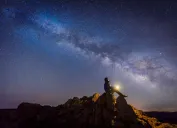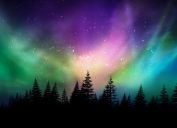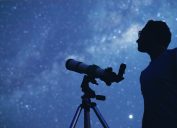Parts of the U.S. Will See the Northern Lights in 2024—Here's Where and When
Don't miss nature's most dazzling spectacle.
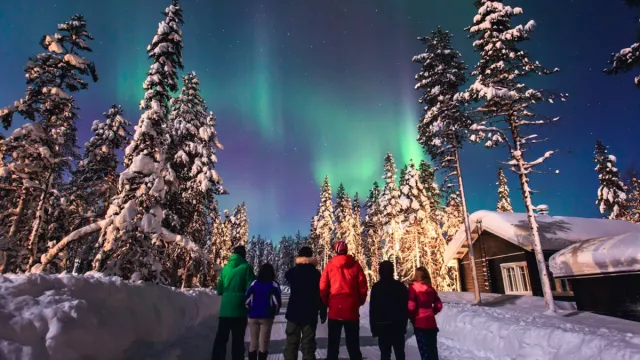
Great news for skygazers: If seeing the Northern Lights sits atop your bucket list, 2024 could very well be a year to remember. Scientists say that thanks to increased solar activity, the stunning light display usually seen only from countries within the Arctic Circle will be viewable from right here in the United States. However, you won't be able to see the aurora borealis from everywhere—only a few select locations will be lucky enough to serve as a backdrop for this striking solar show. Here's when and where to see the Northern Lights in the U.S.A. in 2024.
RELATED: 8 Best Destinations for the Next (and Rare) Total Solar Eclipse.
What are the Northern Lights?
To get the full Northern Lights experience, it can help to understand the scientific explanation for what you're seeing when the sky turns that ethereal shade of green and the light seems to dance.
According to NOAA's Space Weather Prediction Center (SWPC), auroras occur "when electrons from space flow down Earth's magnetic field and collide with atoms and molecules of the upper atmosphere in a ring or oval centered on the magnetic pole of Earth. The collisions produce light much like how electrons flowing through gas in a neon light collide with neon and other gasses to produce different colored light bulbs."
When there are more geomagnetic storms—resulting in more solar wind streaming from the sun and heading for collision—the Northern Lights occur more frequently and with greater visual intensity.
The Northern Lights then appear in the "auroral oval"—an area that can shrink or grow depending on solar activity. "As the solar wind increases in speed and the interplanetary magnetic field embedded in the solar wind turns southward, the geomagnetic activity will increase and the aurora will become brighter, more active, and move further from the poles," explains the SWPC.
RELATED: 25 Space Mysteries No One Can Explain.
Where to see the Northern Lights in the U.S.A.
In 2024, the sun will reach "solar maximum," the peak of an 11-year cycle in which the North and South poles switch places. When this happens, solar activity will be at its highest point and the auroral oval will expand.
"When there's more energy, [the auroral zone] gets thicker and expands further south," Don Hampton, research associate professor at the Geophysical Institute of the University of Alaska Fairbanks, recently told National Geographic. "I don't think it is too wild a prediction to say that people in the midwest and maybe even lower midwest (40th parallel) will have a good chance to see aurora once or twice during this solar cycle, but there are no guarantees."
The publication notes that in the U.S., the 40th parallel runs through Provo, Utah; Boulder, Colorado; north Indianapolis; and Columbus, Ohio.
And as Best Life previously shared, the northernmost parts of Michigan and much of Alaska may also get the chance to view the spectacle.
It can be hard to predict long in advance when will be the best time to see the Northern Lights. That's why National Geographic recommends downloading aurora-forecasting apps such as Aurora Alerts and My Aurora Forecast & Alerts for the most up-to-date information in your area. However, generally speaking, the Northern Lights are most often viewable around the March and October equinoxes, Magnus Wik, a space weather scientist at the Swedish Institute of Space Physics, tells the outlet.
For more tips sent directly to your inbox, sign up for our daily newsletter.
